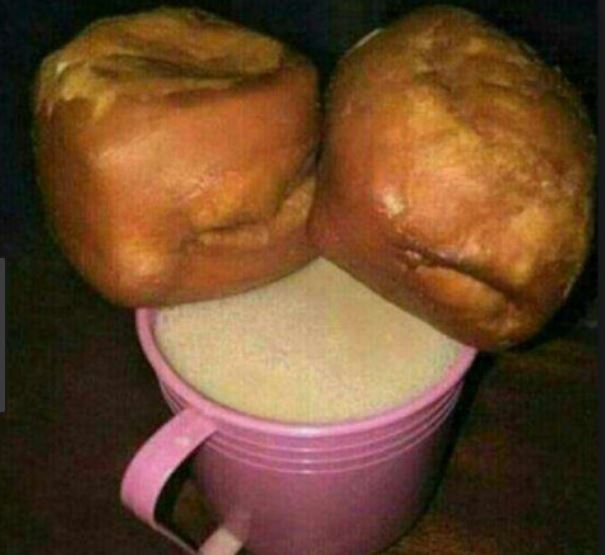×
The Standard e-Paper
Kenya's Bold Newspaper

KDF is one of Kenya’s latest innovations in addition to M-Pesa. It is not Kenya Defence Forces; it’s a type of a food. It is a cousin of mandazi and ngumu, both which had ancestors called bread and chapati. Chapati seems to have a cousin called naan or tadoori, most likely from India.